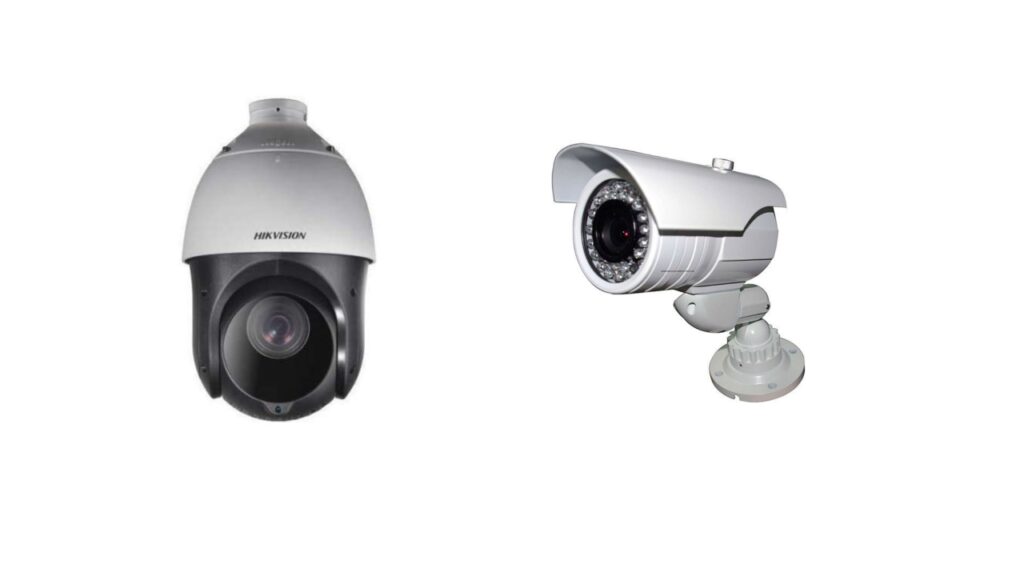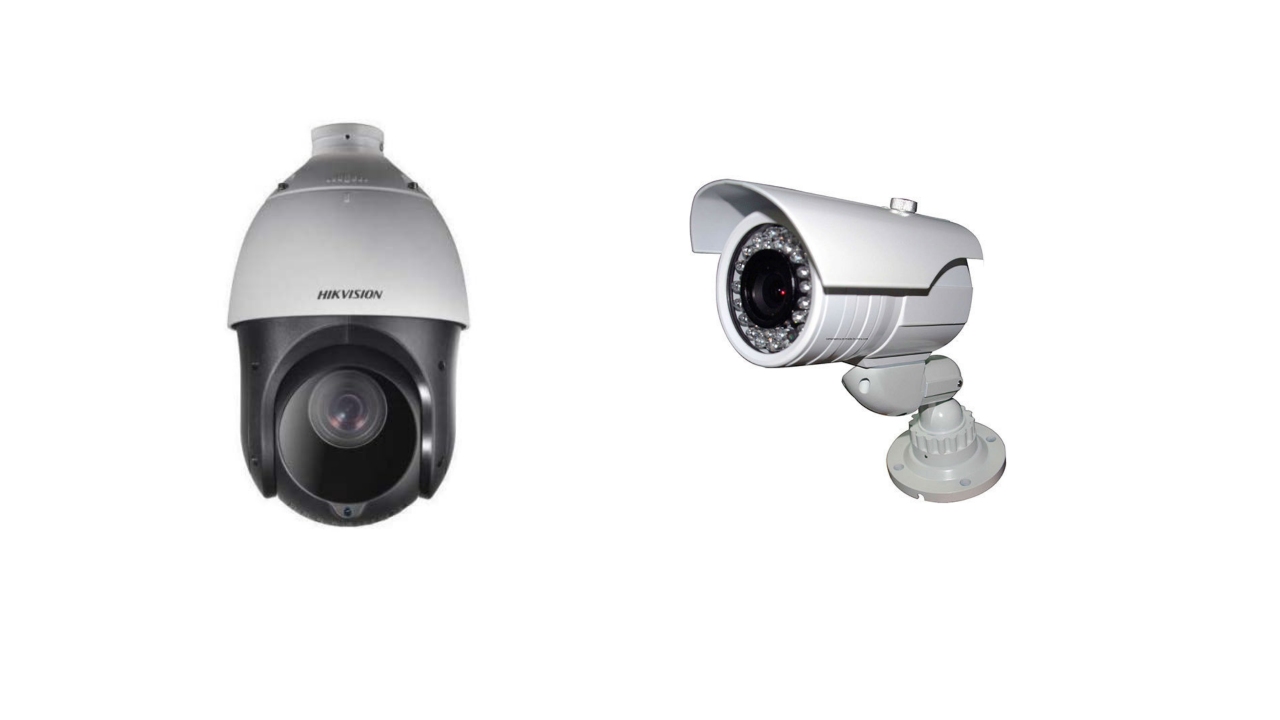Many people don’t even know what an IP camera is and what it looks like. But the good news is that they’re slowly becoming more common in homes and businesses alike. So, there is a better chance that you might see more of it in the future.
And if you’re considering getting an IP camera to better protect your home or office, the following information will help you understand how this innovative device works and how it can benefit you.
What Is an IP Camera?
An IP camera is a type of digital video camera that receives control data and sends image data via the Internet. They are commonly used for surveillance but can also be used for things like baby monitors or nanny cams.
Most of the time an IP camera is used and installed when significant distance is involved or the space that needs to be monitored is vast. Also, it is ideal in scenarios where signal loss should not happen.
These cameras are relatively inexpensive and easy to install so it’s possible to monitor your home from work, another city, or even another country!

Setting Up
Before you can set up an IP camera and use it for surveillance, you have to get a quality IP camera model from the best CCTV camera brand like Teddy Bear.
Basically, when you set up this kind of surveillance system, you’ll need the following:
- an IP camera (which can vary in price depending on what you’re looking for)
- a device with internet access
- a way to connect your device to the camera (either through an ethernet cable or wireless connection)
- and some software programs or applications.
Most of the time, every IP camera purchase comes with an installation guide, which you can follow to set it up correctly. After setting up these devices, all you have to do is log into your account on any internet-connected device, and voila! The world is at your fingertips.
Recording and Storing Footage
The most common IP cameras available on the market today capture footage in high-definition resolution, which can reach up to 16 megapixels. Each of these cameras is equipped with a processing chip that is designed to compress video footage that has been recorded. This means that the higher the resolution of the footage, the more data it contains.
Now, unlike low-quality footage, high-resolution footage requires more storage space and bandwidth for transmission. So, to send this HD footage over the network, the IP cameras must compress the files first using compression protocols like h.264.
Some models have built-in storage, so if there’s no Wi-Fi connection available (or if you want to save your data), the footage will be stored on the device itself until it can upload later.
Footage Transmission
Here’s how footage is transmitted from the IP camera to your device:
The outdoor unit (ODU) connects to your router through an ethernet cable or wirelessly and transmits the signal to a receiver, which then converts it into something compatible with your TV signal.
When someone knocks on the door, pulls up in front of your house, turns off your lights, or moves around inside your property while you are away on vacation – all this information will go straight to your device where you’ll see live streaming footage of what’s happening right before their eyes.
Why You Need an IP Camera
One of the great benefits of these types of cameras is they allow you to view live footage from anywhere in the world with an internet connection. In addition, you don’t need any complicated wiring because most of these cameras have built-in wireless technology, so installation is simple and only takes a few minutes.
An IP camera is a type of digital video camera that uses Internet Protocol to send and receive data. This allows you to view the camera’s footage remotely, making it a great option for security and surveillance. Plus, IP cameras are often more affordable than traditional security systems, and they’re easy to install.
The major downside is that because these cameras stream over Wi-Fi instead of using cables, their range can be limited, especially in rural areas with weaker connections. But when they work well, they provide high-quality HD images that make viewing angles as simple as panning or tilting your phone or computer screen up or down.
What Features Should You Look for in an IP Camera?
There are a few key features you should look for when investing in an IP camera.
1. Night Vision Capabilities
It is good to have an IP camera with night vision capabilities. This is important if you want to be able to see what’s going on even when it’s dark out.
2. Two-Way Audio
Check to see if the camera offers two-way audio. This way, you can not only see what’s going on but also hear it.
3. Motion Detection Sensor
Look for an IP camera with motion detection. This feature will send you alerts if there is any movement in the area that the camera is monitoring.
4. Cloud Storage
See if the camera has cloud storage capabilities so you can store your footage off-site in case of a burglary or other disaster.
5. Easy Installation
Most importantly, make sure the camera is easy to set up and use.
Invest in an IP Camera from the Best CCTV Camera Brand!
An IP camera is a must-have for any business or home. Not only does it provide security, but it also allows you to keep an eye on things when you’re not there. To find out more about IP cameras and the best CCTV camera brand out there, do not hesitate to reach out to the team at Teddy Bear!

